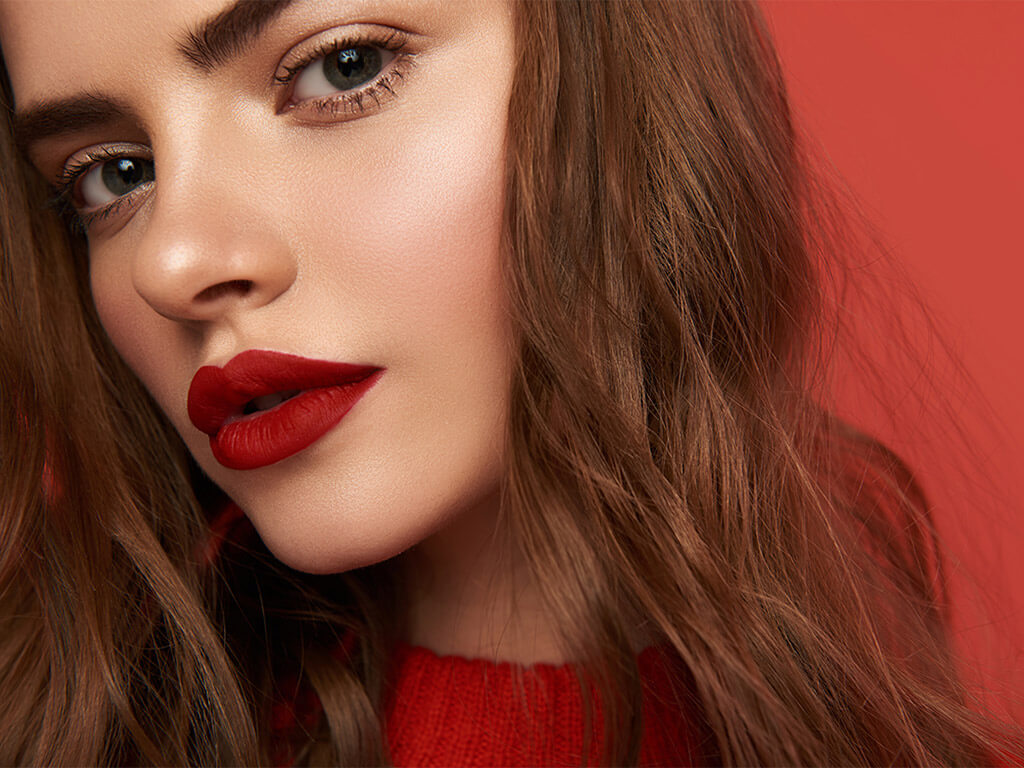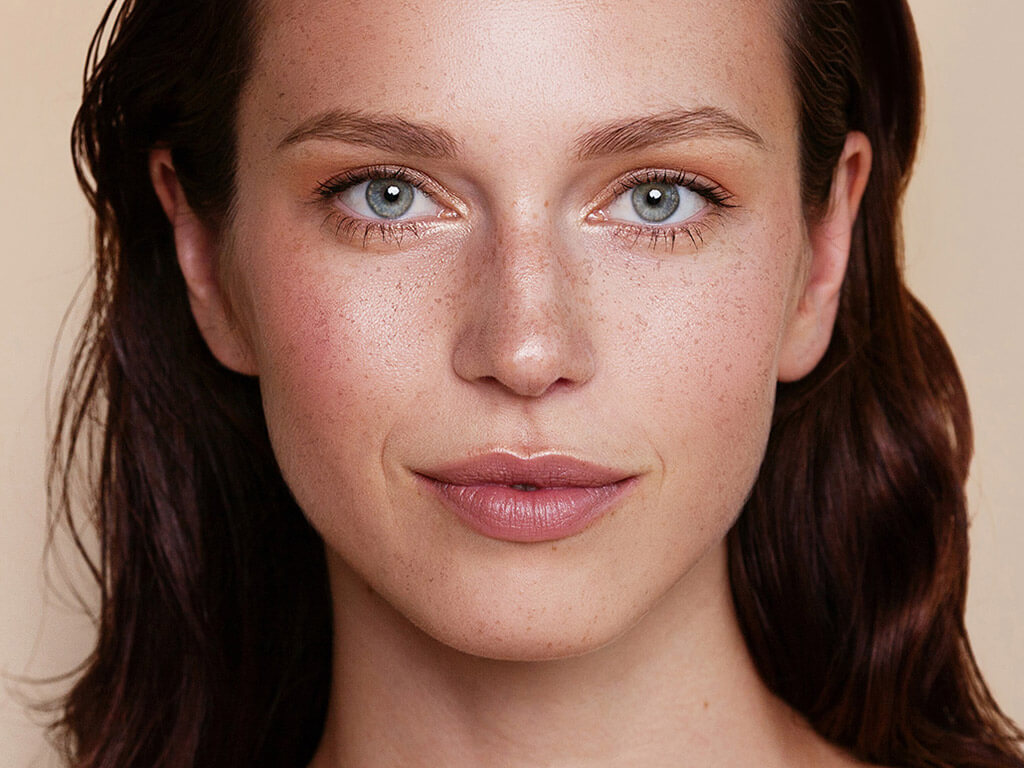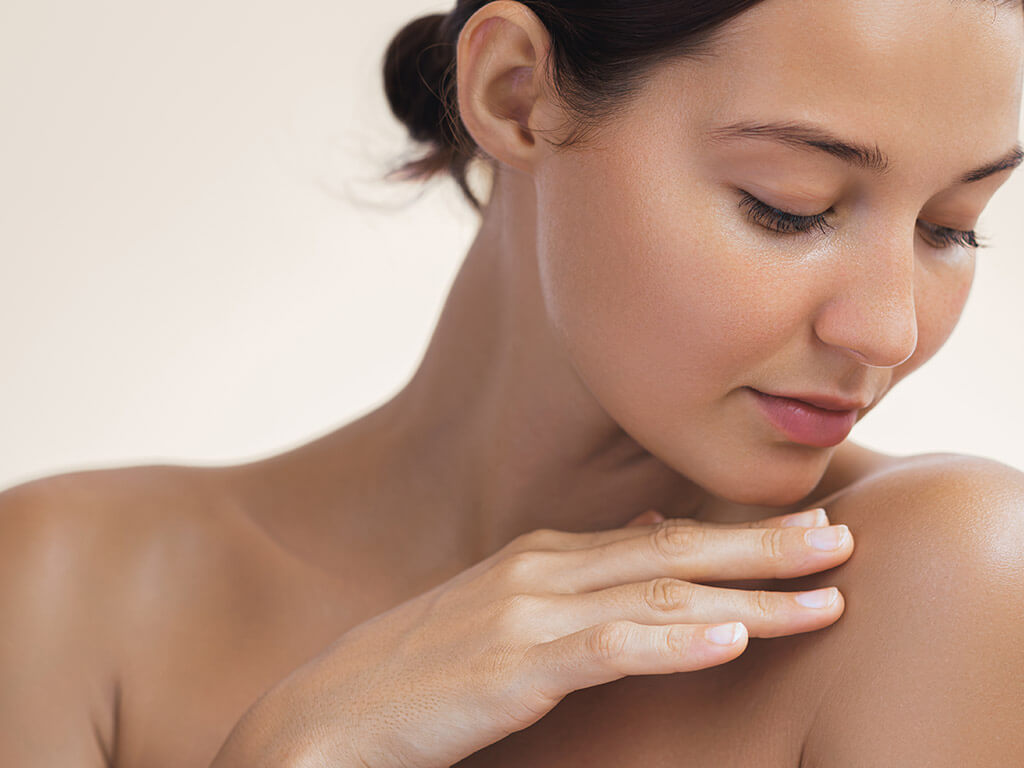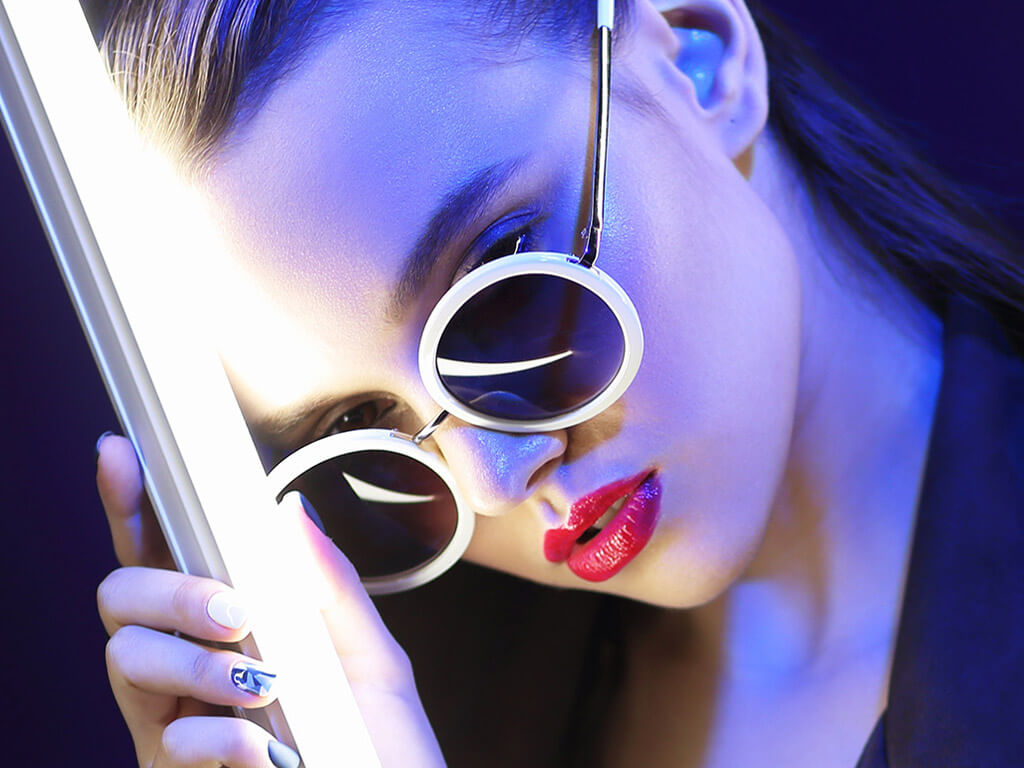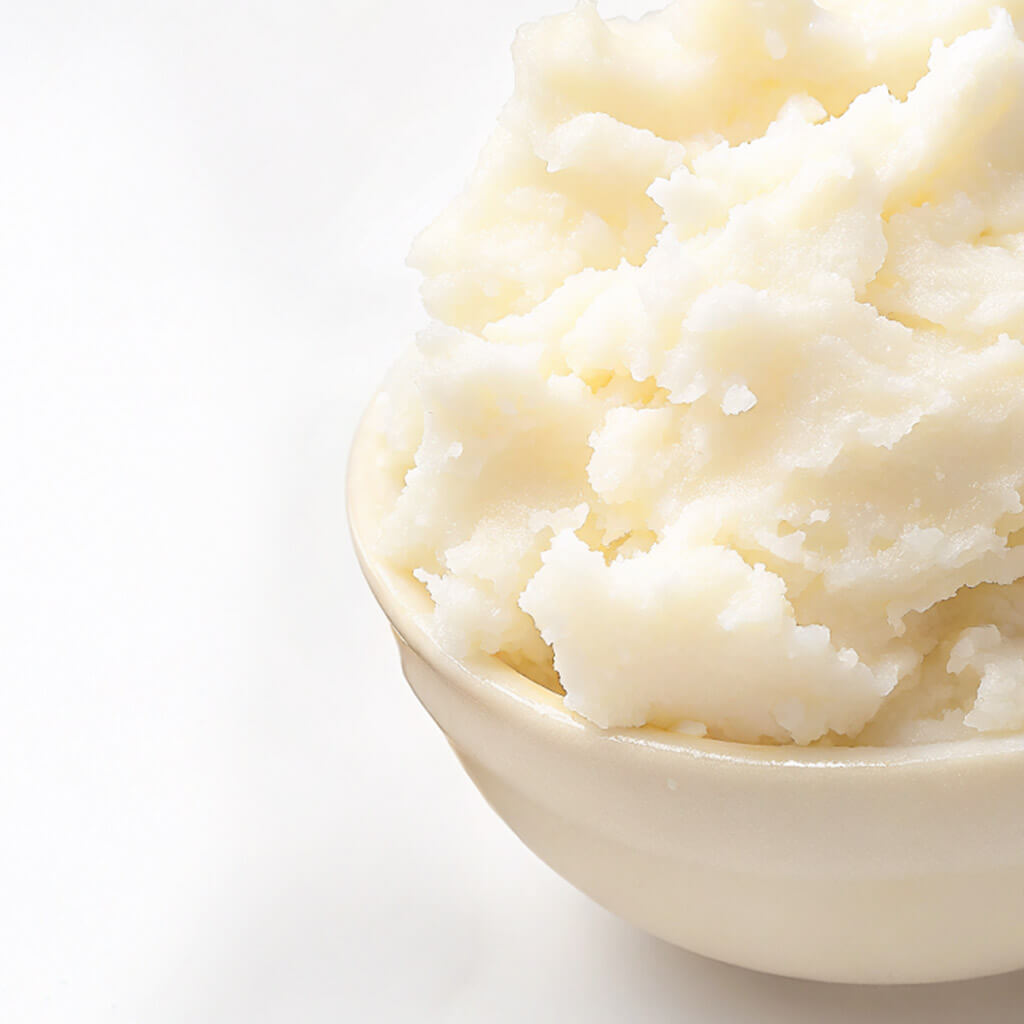A Gift from the Shea Tree: Origins and History
Shea butter is extracted from the nut of the African shea tree. This tree grows wild across the dry savannahs of West Africa — from Senegal and Ghana to Mali, Nigeria, and Burkina Faso.
When raw, shea butter has a pale ivory hue and a nutty, earthy aroma that hints at its natural, unrefined richness. The name “shea” comes from “si”, the word for the tree in Bambara, the national language of Mali. In Senegal, the Wolof people call it “ghariti” — a name that gave rise to the French word karité, often seen on European skincare labels.
From Nut to Butter: How It’s Made
Traditional shea butter production is labor-intensive and deeply rooted in community. Here’s how it’s done the traditional way:
- Harvesting: Women gather the shea nuts by hand.
- Boiling & Drying: The nuts are cleaned, rinsed, and boiled to soften the shells.
- Boiling & Drying: The nuts are cleaned, rinsed, and boiled to soften the shells.
- Grinding: The good nuts are crushed and ground into a thick paste.
- Churning & Beating: Water is added and the paste is whipped to release its fats.
- Boiling & Skimming: This mixture is boiled again, and the butter is skimmed off and cooled.
The result? Raw shea butter — rich, nourishing, and ready to work wonders.
A 700-Year-Old Beauty Secret
The first recorded use of shea butter dates back as far as the 14th century. Although, it has been reported that even Cleopatra kept jars of shea butter among her beauty essentials in the 4th millennium BCE — and for good reason. It was used to soothe sunburns, treat minor injuries, and keep skin soft and youthful in the harsh desert climate.
Back then, as today, women were central to shea butter’s production, and the ingredient is often affectionately referred to as “women’s gold” — not just for its value in beauty, but also for the vital income it provides to women across Africa.
From Nut to Butter: How It’s Made
Traditional shea butter production is labor-intensive and deeply rooted in community. Here’s how it’s done the traditional way:
- Harvesting: Women gather the shea nuts by hand.
- Boiling & Drying: The nuts are cleaned, rinsed, and boiled to soften the shells.
- Boiling & Drying: The nuts are cleaned, rinsed, and boiled to soften the shells.
- Grinding: The good nuts are crushed and ground into a thick paste.
- Churning & Beating: Water is added and the paste is whipped to release its fats.
- Boiling & Skimming: This mixture is boiled again, and the butter is skimmed off and cooled.
The result? Raw shea butter — rich, nourishing, and ready to work wonders.
Why Your Skin Loves Shea Butter: Benefits & Uses
What’s Inside Shea Butter? (The Good Stuff)
Shea butter is unique and complex ingredient that lends to cosmetics its nourishing and restorative properties. From lipsticks to body lotions, shea butter is extremely versatile. So, what makes it so magical?
Fatty Acids That Feed Your Skin:
At the heart of shea butter’s magic is a unique blend of fatty acids:
- Stearic acid gives the butter structure and helps form a barrier to keep moisture in.
- Oleic acid makes it buttery soft and allows it to melt right into your skin.
- The supporting cast—palmitic, linoleic, and arachidic acids—help nourish, protect, and smooth the skin.
- These fatty acids work together to deliver that lush, creamy texture and intense hydration we all love.
A Dose of Vitamins (Who doesn’t love vitamins??)
Shea butter is loaded with skin-friendly vitamins:
- Vitamin A & D help repair skin and encourage cell turnover.
- Vitamin E is a natural antioxidant that fights free radicals and keeps skin youthful.
- Vitamin F (a combo of essential fatty acids) keeps your skin barrier healthy and strong.
Antioxidants & Triterpenes
Triterpenes are plant compounds with impressive benefits:
- They calm inflammation
- Help with skin repair
- And soothe conditions like eczema or sunburn
- Paired with shea’s natural antioxidants, they help protect your skin from environmental stress (think pollution, sun exposure, and aging).
Wax Esters & Resins = Butter-Like Texture
These give shea butter that signature velvety feel and help it stay on the skin longer, sealing in hydration and softness.
Why Everyone Loves Shea Butter (Benefits You Can Feel)
Whether you’re using it on your face, body, or hair, shea butter has earned a permanent spot in beauty routines around the world. Why?
Moisture That Actually Lasts
Shea butter acts as both an emollient (it softens skin) and an occlusive (it locks moisture in). It hydrates deep down, seals in moisture and leaves your skin feeling sooooooo soft.
Soothing & Healing Power
Thanks to its anti-inflammatory and healing compounds, shea butter is perfect for calming red, irritated skin, fading scars and stretch marks, as well as helping with conditions like eczema, psoriasis, and sunburn.
Skin Support, Inside and Out
With regular use, shea butter can boosts collagen production, improve skin elasticity and reduces the appearance of fine lines.
Safe for All Skin Types
Now, even though it’s rich and creamy, shea butter is non-comedogenic, so it won’t clog your pores!! That makes it perfect for sensitive, oily, or acne-prone skin that still needs nourishment. We love an inclusive queen.
How to Use Shea Butter (Head to Toe & Then Some)
Now that you know what it does, let us tell you how to use it. Spoiler. You can use it pretty much everywhere and for more things than you might expect.
For Skin
- Add it to your daily moisturizer, or use it straight from the jar on extra dry areas like elbows, knees, and feet.
- Use it as a lip balm, cuticle treatment, or overnight mask for glowing skin.
- Great for scars, stretch marks, and soothing irritated skin (it’s a lifesaver post-sun!).
For Hair & Scalp
- Melt a little between your palms and run it through dry or damaged hair to restore shine and softness.
- Use it to define curls, tame frizz, or even as a pre-shampoo treatment.
- Massage it into your scalp to soothe itchiness or dryness.
Beyond Beauty
- Found in African black soap, where it helps balance the soap’s cleansing and moisturizing properties.
- Used in medicinal balms for treating minor wounds, rashes, and inflammation.
- In parts of West Africa, unrefined shea butter is used for cooking—yes, it’s edible!
- Occasionally added to handmade soaps, though its high unsaponifiables make for a creamy, less lathery bar.
Conclusion
Given what we have just seen about Shea butter deep moisturizing abilities, skin-healing properties, versatility and rich cultural roots, wouldn’t it be nice to try it for yourself? Luckily, you do not have to look far, check out the following products to incorporate shea butter into to your routine!
- Instant Rich Extra-Nutrition Day Cream: This nourishing day cream is specially formulated for dry and dehydrated skin, delivering essential moisture and comfort throughout the day. The key ingredient, 2% shea butter, is known for its deeply moisturizing and skin-repairing properties. Combined with niacinamide and hyaluronic acid, it helps strengthen the skin barrier, improve elasticity, and restore a healthy glow. Its rich, melting texture absorbs easily without heaviness, making it ideal for morning use. Apply daily on clean skin or after a serum to keep dryness at bay and maintain a supple, luminous complexion, especially during colder seasons or whenever your skin feels tight or depleted.
- Instant Rich City Shield Day Cream SPF 20 with 3% Shea Butter: Designed to protect the skin from urban stressors, this face cream combines hydration, antioxidant defense, and sun protection in a single step. Infused with 3% shea butter, its lightweight yet indulgent formula provides lasting moisture while reinforcing your skin’s natural barrier against pollution and environmental stress. A powerful blend of Vitamin C, hyaluronic acid, and a 100% plant-based bioactive complex works to neutralize free radicals, boost hydration, and restore skin vitality. Meanwhile, shea butter delivers deep conditioning benefits without greasiness, leaving your skin soft, supple, and comforted throughout the day. With SPF 20 for everyday sun protection, the formula absorbs quickly and wears beautifully under makeup or on its own. Apply every morning for an effortless step, packed with ingredients that make you feel good and look good.
- And to combat those pesky dry patches on your body : the body silk hydrating lotion or body butter may just be the answer. The Body Silk Lotion (2.5% shea butter) provides fast-absorbing, lightweight hydration ideal for everyday use. It softens and refreshes the skin while restoring its moisture balance and is Perfect after showering or on the go, leaving a silky, non-greasy finish. In contrast, the Body Silk Butter (5,5% shea butter) delivers deeper, more intensive nourishment for very dry or rough skin. The glycerin, and avocado oil in this formula creates a creamy texture that melts into the skin to smooth, protect, and comfort irritated skin. Best used after bathing or at night, it’s your go-to for deep hydration and long-lasting softness. So choose the Lotion for daily light hydration, and the Butter when your skin craves extra care.
Disclaimer: This article was written with the support of artificial intelligence (AI). However, all information presented is based on verified scientific sources and has been fact-checked and reviewed by the researchers on our team. We are committed to maintaining accuracy, credibility, and scientific integrity in all published content.
